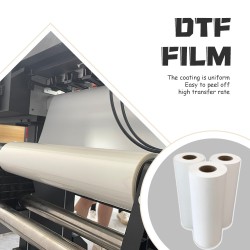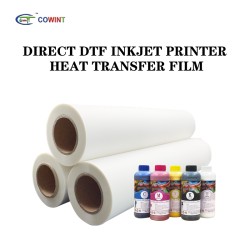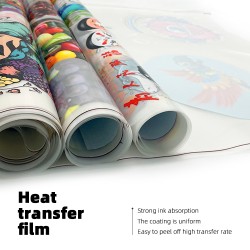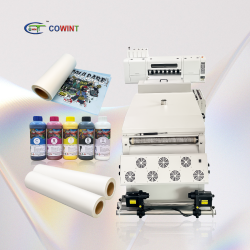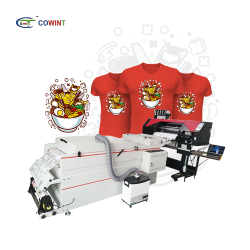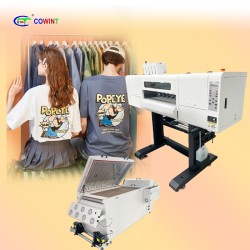From the point of view of the printing process, pad printing ink and screen printing ink have no similarities. Screen printing ink shows the mechanical structure under the pressure of the squeegee, while pad printing ink is more about the properties of the transferred performance. The transferability of offset printing ink and the plasticity of screen printing ink should be an ideal pad printing ink. In order to achieve the permeability of screen printing ink, it is necessary to add a certain lubricant, but pad printing ink does not need such a component. In order to achieve the deinking property of the pad printing ink, certain materials such as release agents are added to the pad printing ink, while the screen printing ink does not need it. The ink layer of the screen printing ink is thick and the handwriting is eye-catching. In order to achieve the same effect, the color concentration of the pad printing ink must be high.
Screen printing generally uses water-based inks in the field of textile printing, but at present, it is still difficult to use water-based inks in the pad printing industry, which is another difference between them. There are two reasons for this defect in pad printing. One is that the water resistance of the steel plate is not good, and it is easily corroded by water-based ink. Of course, if we replace the resin plate, this factor can be excluded, but the transferability of the rubber head will be limited, and it is still difficult to transfer enough water-based ink from the silicone rubber.
The shape retention of the pad printing ink on the surface of the pad printing head requires that the pad printing ink has a sufficiently good activity hysteresis, otherwise, the printing of the ink is likely to become unclear. On the other hand, the cohesive force of the imprint formed on the surface of the rubber head is significantly greater than the surface tension of the silicone rubber, and has a release function, such as the thermal transfer ink on the thermal transfer film. The complete transfer of the pad printing ink to the product surface is the most important requirement for the pad printing ink, but the complete transfer of the ink is only an ideal situation. Generally speaking, the ink can only transfer 86%. Although the original pad printing ink was replaced by screen printing ink, it cannot be said that pad printing ink is screen printing ink. The theory of ink is suitable for all printing processes, but different printing processes have detailed requirements. It is precisely the above requirements of pad printing inks that have prompted many ink manufacturers to try to manufacture special pad printing inks. At present, only Germany's Marabu Company and Dujo Company have launched special pad printing inks, which are improved on the basis of screen printing inks. made of.
 +8615820889696
+8615820889696 Info@cowint.com
Info@cowint.com



